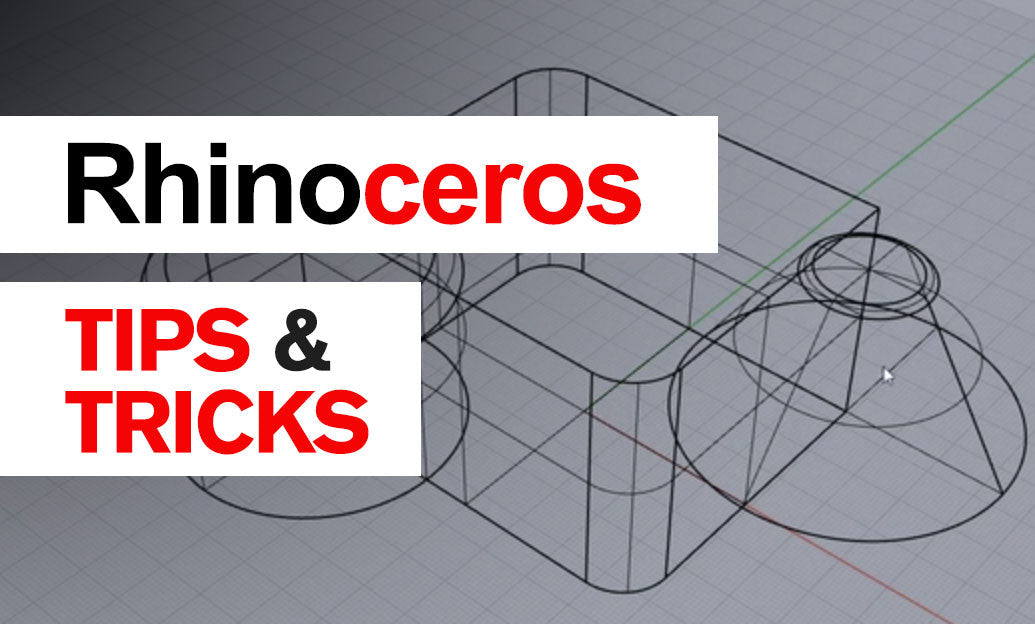Your Cart is Empty
Creating lifelike environments is a key part of 3D visualization, and V-Ray's atmospheric effects can make all the difference. Here’s how to leverage these tools for more realistic scenes:
- Environment Fog: Easily simulate foggy or misty conditions by adding Environment Fog to your scene. Adjust the fog density, color, and falloff to control the look and feel of the atmosphere.
- Aerial Perspective: Create a sense of depth in your landscapes with Aerial Perspective. This mimics the natural light scattering in the air, making distant objects appear lighter and less detailed.
- Volume Grid: Use Volume Grid for more complex, heterogeneous effects like clouds, smoke, or fire. Import simulation data from external software or create your own within V-Ray.
- Participating Media: This refers to the interaction between light and microscopic particles in the air. By tweaking the scattering, absorption, and asymmetry parameters, you can simulate a variety of atmospheric conditions.
- Lighting Considerations: When using atmospheric effects, remember that they can affect the overall lighting of your scene. Adjust the intensity and placement of your lights to ensure a balanced composition.
- Use GIZMOs: To localize fog effects, use GIZMOs to confine the atmospheric effect to specific areas of your scene, allowing for intricate control over the environment.
- Render Settings: Atmospheric effects can increase render times. Optimize your settings by lowering the detail in areas covered by fog or by using adaptive sampling methods.
Experiment with these atmospheric features to add mood and realism to your renders. Check out NOVEDGE's selection of V-Ray products to find the right tools for your 3D projects.






